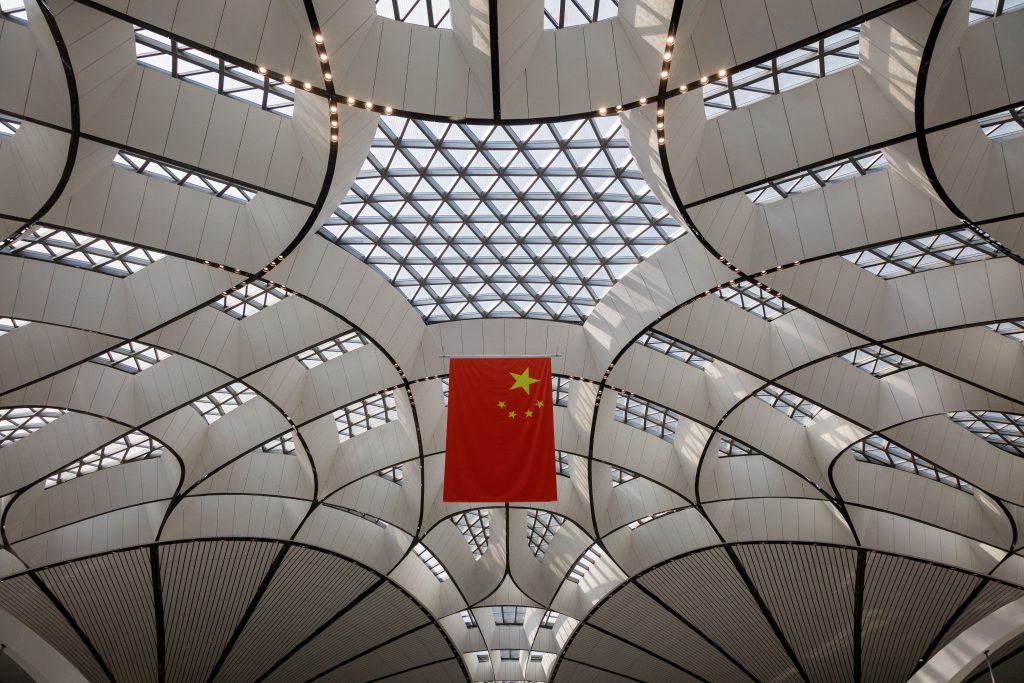
China recognizes the significance of Web3, the next phase of the internet’s evolution, and actively promotes the integration of virtual and real worlds.
- The foundational technologies of China’s Web3 vision can be divided into three categories: infrastructure, terminal, and platform tools.
- Challenges in the convergence of virtual and real worlds include technological complexity, data privacy, legal frameworks, and user adoption.
Web3, the next phase of the internet’s evolution, is marked by decentralized networks, user empowerment, and the convergence of virtual and real worlds. China acknowledges its importance and is actively promoting the integration of virtual and real worlds. With its technological capabilities and supportive policies, the city aims to enable secure transactions and virtual identity, facilitating the expansion of the digital economy across virtual and physical domains.
The Keys
Based on the published white paper on the so-called Internet 3.0, the technologies that lay the foundation for the convergence of virtual and real interactions in China’s Web3 vision can be divided into three categories.
Infrastructure
In the infrastructure layer, technologies such as AI, blockchain, computing chips, and communication networks converge the virtual and physical worlds. Blockchain ensures transparency and trust in virtual asset transactions, while AI enhances interactions through machine understanding and learning. Computing chips enable real-time computations, and communication networks facilitate data exchange.
Terminal
XR terminals, such as VR and AR devices, serve as the interaction terminal layer, enabling users to engage with virtual objects in real environments. Lifelike visualizations created through holographic imaging enhance immersion in virtual worlds. Brain-computer interfaces establish direct communication between the brain and external devices, enabling mental manipulation of virtual objects and the convergence of virtual and real-world interactions.
Platform Tools
Digital twins offer real-time monitoring and simulation of physical entities in virtual environments, while digital content creation technologies make it easier to create immersive digital experiences. These technologies enable the fusion of online and offline interactions.
Real-World Applications in China’s Web3 Vision
China leads in promoting the fusion of physical and digital worlds through real-world applications spanning various industries like urban management, business, production, and consumption. In urban management, Internet 3.0 enables the creation of digital replicas for real-time monitoring and simulation of cities, fostering smart and efficient urban operations. In the industrial sector, digital twins optimize production processes and equipment, improving productivity, quality, and safety, enabling smart factories and remote collaboration. Internet 3.0 applications also enhance the consumption sector, offering immersive shopping experiences and personalized marketing tactics that boost customer satisfaction and engagement. China’s Web3 vision drives innovation and uplifts living standards.
Challenges and Future Outlook
The convergence of virtual and real worlds in Internet 3.0 faces challenges like technological complexity, data privacy, legal frameworks, and user adoption. Overcoming these challenges is vital for seamless integration. China’s Web3 vision holds immense potential due to its technological capabilities, resources, and supportive policies. By focusing on key sectors and embracing Internet 3.0, the city can revolutionize urban management, industry, and consumption, driving efficiency, attracting investment, fostering innovation, and creating a thriving ecosystem. China aims to be a global leader in the convergence of virtual and real worlds, promising a brighter future for its residents.
Final Thoughts
The absence of explicit mention of cryptocurrencies in the white paper raises questions about the role they will play in China’s vision. Cryptocurrencies, with their decentralized nature and ability to facilitate secure and transparent transactions, have been closely associated with Web3 development globally. It remains to be seen how China plans to navigate this aspect and whether alternative approaches will be adopted to achieve the desired integration of the virtual and real worlds.
Inside Telecom provides you with an extensive list of content covering all aspects of the tech industry. Keep an eye on our Web3 section to stay informed and up-to-date with our daily articles.